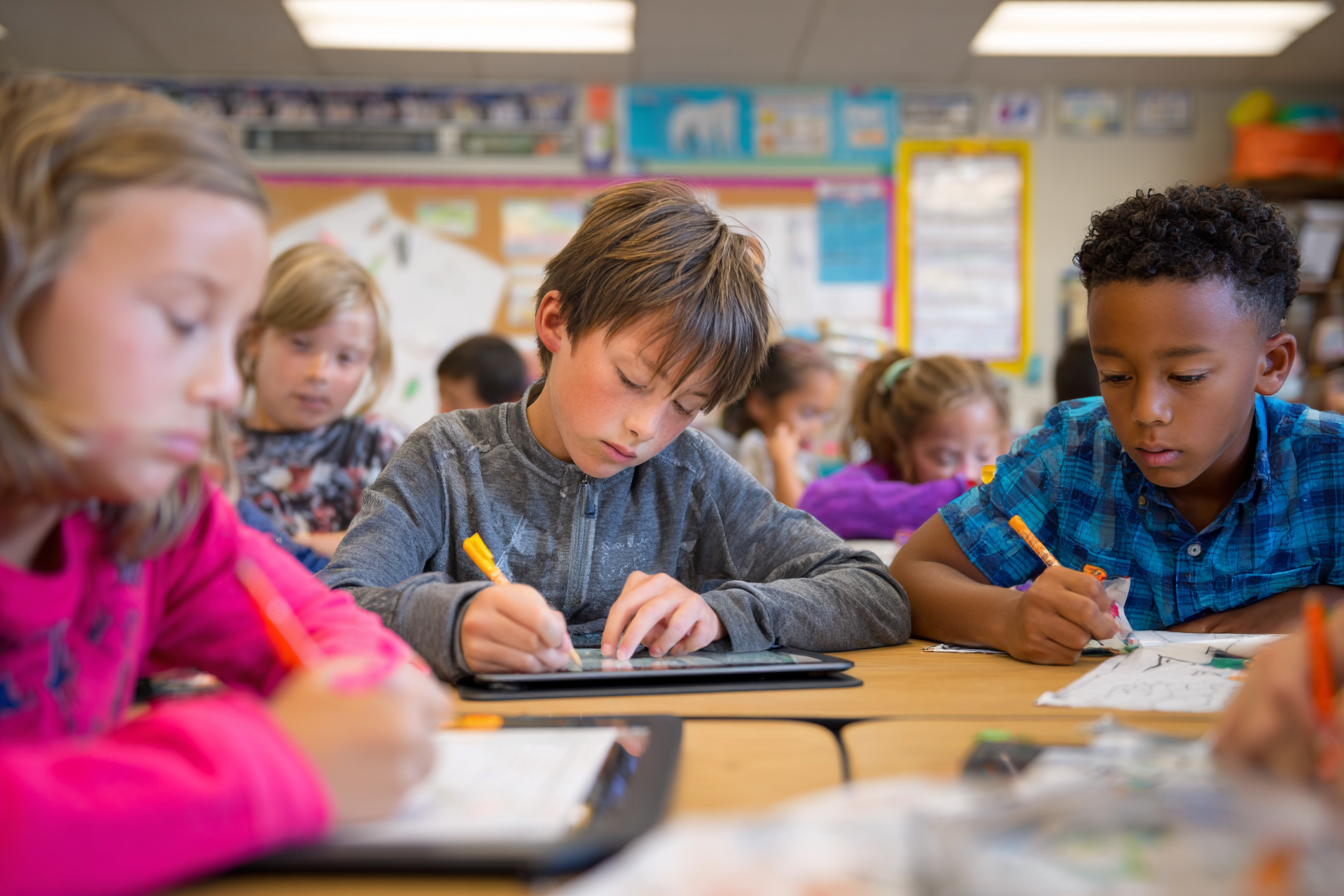Unit Plan 24 (Grade 3 Social Studies): Primary and Secondary Sources
Students learn to tell primary from secondary sources and use both to answer 5W questions, evaluate facts vs. opinions, and create simple Source Detective Reports.

Focus: Differentiate between primary sources (firsthand accounts) and secondary sources (retellings and explanations), and use both to summarize simple evidence about who/what/where/when/why while noticing facts, opinions, and perspectives.
Grade Level: 3
Subject Area: Social Studies (History • Inquiry/Source Analysis)
Total Unit Duration: 5 sessions (one week), 45–60 minutes per session
I. Introduction
In this unit, students become “source detectives” who learn how historians know about the past. They explore the difference between primary sources (firsthand accounts like photos, letters, diary entries, artifacts) and secondary sources (retellings like textbooks, websites, or biography books). Students practice asking questions about who/what/where/when/why, decide whether a source is relevant to their question, and notice when a text is sharing a fact, an opinion, or one person’s perspective. By the end of the week, each student will create a short “Source Detective Report” that uses at least one primary and one secondary source to summarize a simple event or topic from history.
Essential Questions
- What are primary sources and secondary sources, and how are they different?
- How do sources help us answer questions about who/what/where/when/why in history?
- How can we tell if a source is relevant and mostly factual, or if it includes opinions or perspectives?
- Why is it important to use more than one source when learning about something from the past?
II. Objectives and Standards
Learning Objectives — Students will be able to:
- Define and identify primary sources (photos, letters, diaries, artifacts) and secondary sources (textbooks, articles, retellings), and explain the basic difference in kid-friendly terms.
- Use simple primary and secondary sources to answer basic who/what/where/when/why questions about a small historical event or local topic.
- Decide whether a source is relevant to a specific question (e.g., “Does this source help me learn about that event?”).
- Distinguish between facts, opinions, and perspectives in a short secondary source (such as a paragraph or simple article).
- Create a short Source Detective Report that:
- Names at least one primary and one secondary source.
- Summarizes who/what/where/when/why of a simple event or topic.
- Identifies at least one fact and one opinion/perspective found in the sources.
Standards Alignment — 3rd Grade (C3-based custom)
- 3.C3.Hist.5 — Use simple primary and secondary sources to answer questions; summarize who/what/where/when/why with evidence.
- Example: After reading a historical marker, summarize the event in three sentences.
- 3.C3.Inq.3 — Evaluate sources for relevance and basic credibility; distinguish fact, opinion, and perspective.
- Example: Identify which paragraph is opinion vs. fact in a community newsletter.
Success Criteria — Student Language
- I can tell the difference between a primary source and a secondary source.
- I can use a photo, letter, or short text to answer who/what/where/when/why about an event.
- I can decide if a source is helpful (relevant) for my question.
- I can point to sentences that are facts and sentences that are opinions or someone’s perspective.
- I can write or say a short summary of what happened using evidence from sources.
